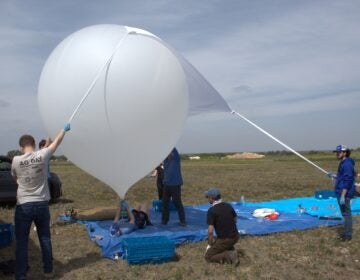Rogue planets wander the skies and mini shuttles return to orbit
ListenSo what happens with all the inner planets, rocky planets, gas giant planets, outer planets, dwarf planets, minor planets, exoplanets and ‘stray’ planets wandering around the planet unatached to stars? Astronomers and other scientists count them -ten are known to exist- and study how they got there, for instance: gravitational interactions might eject planets from a solar system sending them out on their own and that’s hard to see because planets do not generate their own visible light. They can be detected by their heat signature, and mass is a determining factor. New equipment and research techniques allow astronomers to identify these objects now. New one discovered in the constellation Dorado is 100 light years away and 4 to 7 times Jupiter’s mass.
A miniature, unmanned version of space shuttle was re-launched back to orbit last week for its second visit to space. The 29 ft. long X-37B spent six months in space on its first mission in 2010. A second X-37B launched early in 2011, spent 469 days on orbit. The re-useable vehicles are used at science test beds for the US Air Force. Since the onboard equipment is classified, space experts can only guess that the purpose is espionage, military surveillance or on orbit monitoring of other countries’ space activities. Here’s what to note though: Two of them, operated and re-used successfully on two separate missions of very long duration.
Beautiful Stars of Summer visible now – in the pre-dawn sky! Venus is rising later and later these days – an hour before sunrise low in the east. But Saturn is well up in the east at the same time. Jupiter is near Aldebaran in Taurus, sets by 3:30 a.m. New moon this week. See Jupiter well at Night Skies at The Observatory, this Thursday Jan. 10th, 6 – 9 p.m.
Photo by Flickr user
WHYY is your source for fact-based, in-depth journalism and information. As a nonprofit organization, we rely on financial support from readers like you. Please give today.




